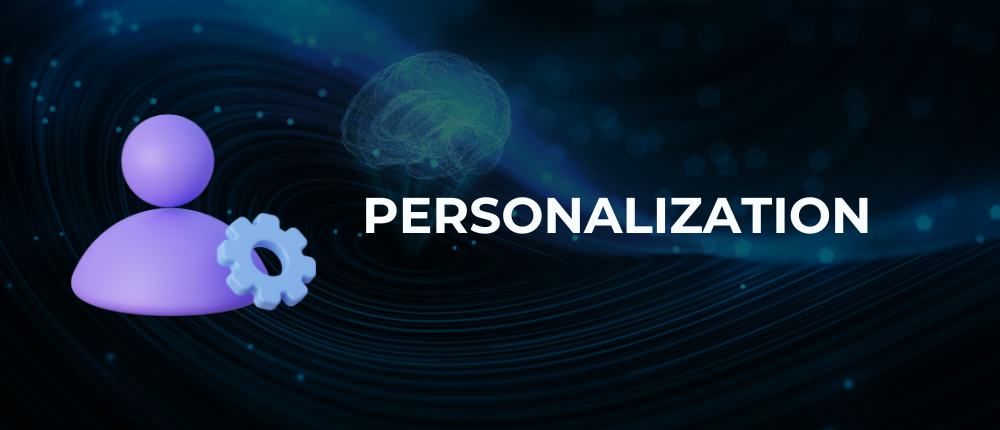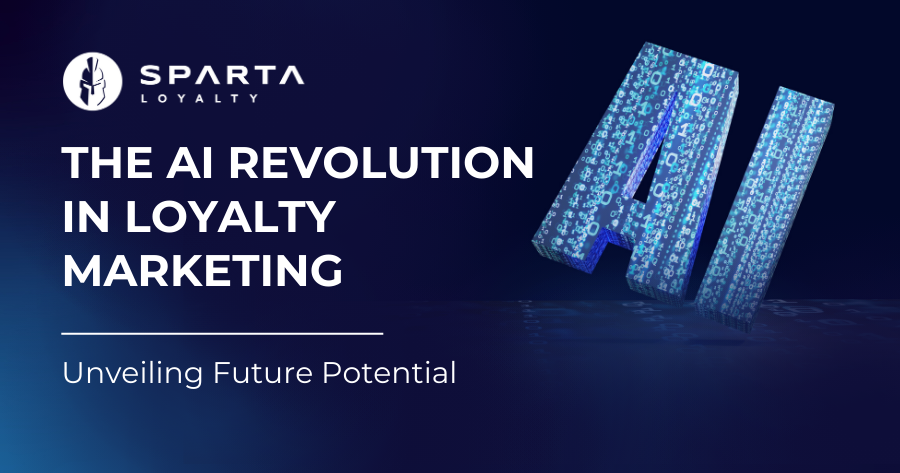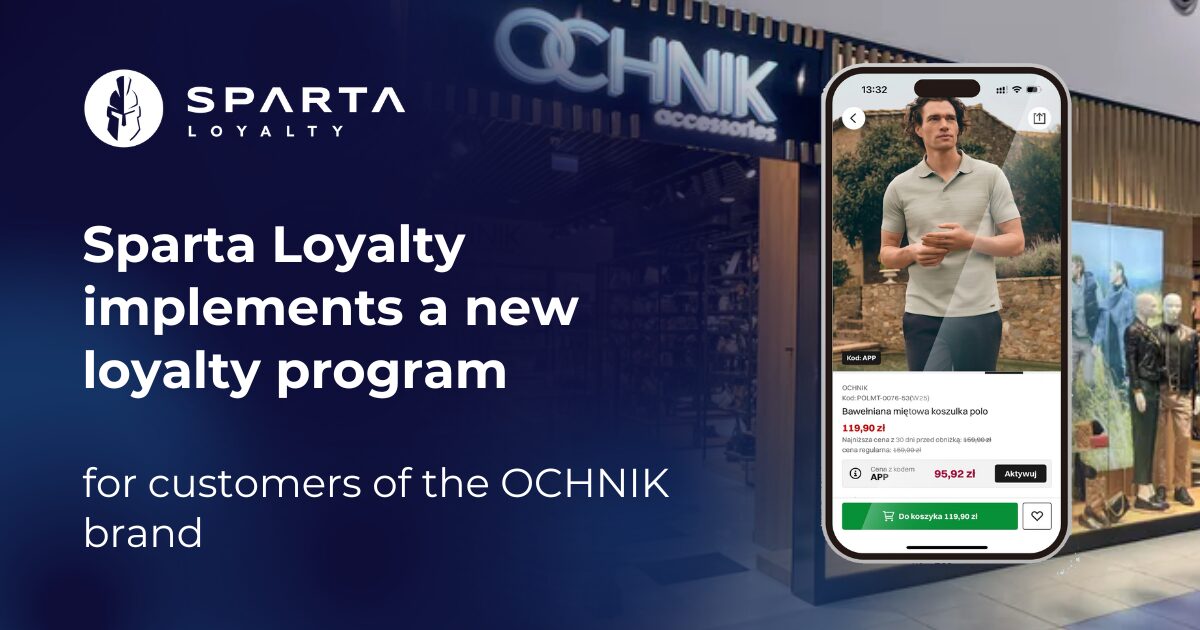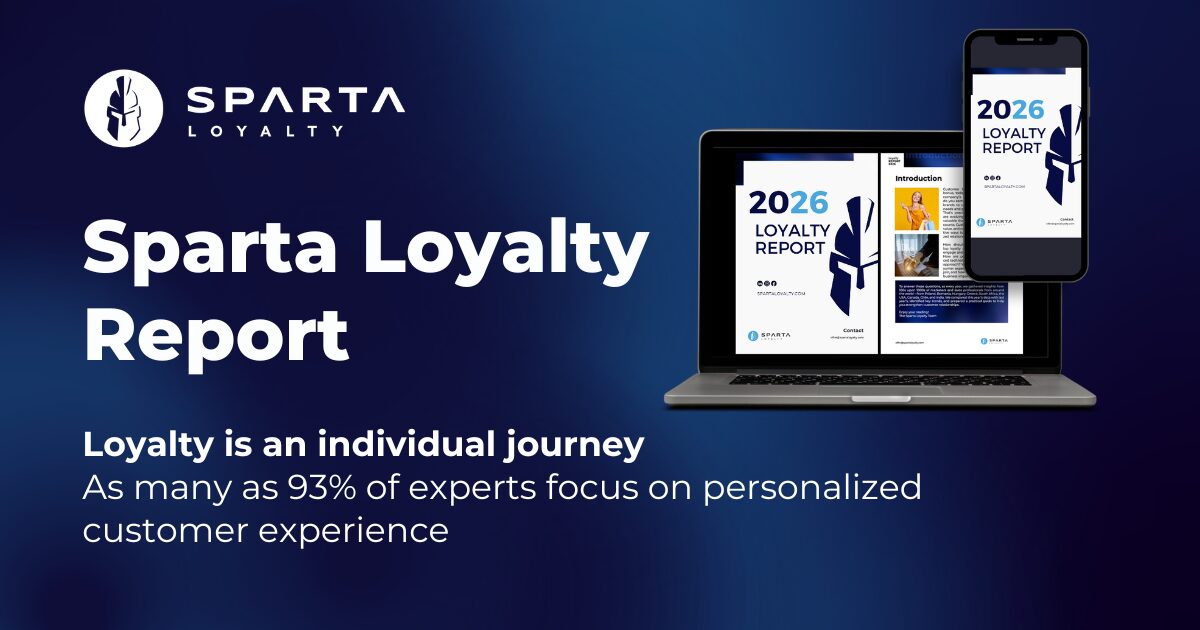The digital landscape is undergoing a transformative shift, and artificial intelligence (AI) has emerged as a game-changer in various industries, including marketing. Scholarly research has delved into the potential impact of AI tools on loyalty marketing, uncovering exciting findings that promise a bright future for customer loyalty programs. This article aims to explore the critical discoveries from scholarly sources, shedding light on how AI can revolutionize loyalty marketing and drive businesses toward unprecedented success.
1. Personalization: Paving the Path to Loyalty Nirvana:

The first crucial finding from scholarly sources emphasizes that AI’s real magic lies in its ability to personalize customer experiences, significantly impacting customer loyalty[1]. AI can analyze vast amounts of customer data, unearthing valuable insights that allow businesses to understand individual preferences and behavior on a deeper level. By leveraging this knowledge, companies can create personalized recommendations and offers, elevating customer experiences to new heights. The power of personalization builds emotional connections with customers, fostering a sense of loyalty and commitment to the brand.
2. Competitor Analysis: Decoding Customer Expectations:
AI tools have the prowess to bring data-driven insights to the forefront, enabling businesses to perform in-depth competitor analysis[2]. This analysis goes beyond surface-level understanding, delving into the performance of competitor campaigns and customers’ evolving expectations. Armed with this invaluable information, loyalty programs can be fine-tuned and optimized to surpass customer expectations and outperform rival offerings. Competitor analysis powered by AI empowers businesses to make informed decisions, ensuring their loyalty marketing strategies stay one step ahead of the competition.
3. Customer Engagement: Elevating Experiences through AI:
The cornerstone of loyalty marketing lies in engaging customers and forging lasting connections. AI opens up many opportunities in this domain, revolutionizing how businesses interact with their customers[3][4]. AI-powered services can streamline business operations, freeing up resources to focus on personalized engagement strategies. Whether through AI-powered chatbots or sophisticated virtual assistants, these innovative approaches enhance customer experiences, making every interaction frictionless and delightful. The result profoundly impacts customer satisfaction, trust, and brand loyalty.
4. Efficiency: AI’s Cost-Effective Impact:
AI’s inherent efficiency is a gift that keeps on giving, offering operational optimization that leads to cost savings and increased revenue[5]. By automating routine tasks, optimizing processes, and improving decision-making, AI enables businesses to operate more efficiently. The impact of increased efficiency extends beyond the loyalty marketing domain, ultimately bolstering the organization’s bottom line. Embracing AI tools that enhance efficiency can free up valuable time and resources, allowing businesses to focus on strategic initiatives and creative aspects of loyalty marketing.
5. Marketing Strategy: Charting the Course with Data:
Data-driven decision-making is at the heart of successful marketing strategies, and AI empowers businesses to chart a path to success[6]. By analyzing customer data and market trends, AI can identify untapped opportunities, offer actionable insights, and shape marketing strategies that hit the bullseye. Armed with AI-driven data, loyalty marketing campaigns become more targeted, relevant, and effective. As AI evolves, marketers can expect even deeper insights that align marketing efforts with customers’ changing preferences and needs.
6. Customer Retention: Saving the Day with Targeted Offers:
AI’s predictive capabilities extend to customer retention, enabling businesses to identify customers who are at risk of leaving and provide targeted offers to win them back[1]. These personalized retention strategies fortify loyalty, increasing customer retention rates and overall satisfaction. AI’s ability to forecast customer behavior is pivotal in understanding churn triggers and proactively engaging at-risk customers, strengthening the bond between customers and the brand.
7. Predictive Analytics: Glimpsing into the Future:
AI-powered predictive analytics serve as a crystal ball, offering businesses a glimpse into the future of customer behavior and market trends[6]. Armed with predictive insights, marketers can anticipate customer needs, identify potential growth opportunities, and stay ahead of the competition. AI-powered predictive analytics allows businesses to act with foresight, aligning marketing strategies and loyalty programs with customers’ evolving preferences and expectations.
8. Customer Service: 24/7 Support for Customer Delight:
AI-powered chatbots and virtual assistants stand ready to cater to customer queries round-the-clock, providing unparalleled support and ensuring customers are heard and valued[5]. The availability of 24/7 customer service fosters customer satisfaction, loyalty, and brand advocacy. As AI advances, chatbots are becoming more sophisticated, offering natural language processing capabilities that seamlessly mimic human interactions.
Conclusion:
The scholarly sources leave no room for doubt – AI tools will profoundly impact loyalty marketing, reshaping customer experiences and driving businesses towards uncharted growth. The diverse applications of AI in loyalty marketing, from personalization and competitor analysis to predictive analytics and customer engagement, demonstrate the transformative potential of this revolutionary technology. As businesses continue to leverage AI in loyalty marketing, they will be better equipped to build stronger relationships with customers, foster brand loyalty, and achieve sustainable growth in the modern era.
Citations:
[1]https://www.researchgate.net/publication/371179296_
INFLUENCE_OF_ARTIFICIAL_INTELLIGENCE_AI_ON_CUSTOMER_EXPERIENCE_AND_LOYALTY_MEDIATING_ROLE_OF_PERSONALIZATION
[2] https://www.sciencedirect.com/science/article/pii/S2666603022000136
[3] https://www.ncbi.nlm.nih.gov/pmc/articles/PMC7306747/
[4] https://www.ncbi.nlm.nih.gov/pmc/articles/PMC9386451/
[5] https://journals.sagepub.com/doi/pdf/10.1177/14707853211018428
[6] https://link.springer.com/article/10.1007/s11747-020-00749-9







